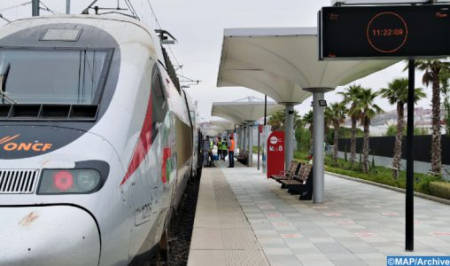Casablanca, Morocco’s economic powerhouse, is gearing up for a major transformation in sustainable urban mobility, backed by two significant international loans totaling €552 million. The funding, aimed at a deep overhaul of the city’s railway system, is expected to modernize transport infrastructure while drastically cutting carbon emissions.
The first tranche—a $350 million loan—was approved by the World Bank at the end of June. Weeks later, the Moroccan National Railway Office (ONCF) secured a second commitment: €202 million from Germany’s development bank, KfW. Together, these funds will support a sweeping initiative to upgrade commuter rail services in and around Casablanca, the region that sees the highest concentration of passenger traffic in the country.
The broader goal is twofold: to ease access to jobs and essential services for residents, and to reduce the environmental toll of urban transport. At the heart of the plan is the electrification of rail lines, station upgrades, and improved operational management across the ONCF network.
Dubbed the “Enhanced Intra-Metropolitan Service,” the project includes the construction and renovation of stations, increasing train frequency, and electrifying key routes linking Casablanca with Zenata, Mohammedia, Nouaceur, and Bouskoura. The aim is to ensure that travel times between these economic hubs remain under 45 minutes.
A total of 73 kilometers of track will undergo upgrades, which include electrical modernization, updated signaling systems, and reinforced infrastructure to withstand climate-related disruptions. Fifteen stations will either be built or refurbished with a strong focus on multimodal connectivity, accessibility, and urban planning that prioritizes public transport.
But the scope extends beyond passenger transport. The project also aims to streamline freight movement, especially to and from the Port of Casablanca. This will involve investments in rail logistics, including new maintenance facilities in Aïn Sebaâ and the development of a major logistics hub in Zenata.
With more than 60% of Morocco’s population already living in cities—a figure projected to rise to 70% by 2050—urban centers like Casablanca-Settat are under mounting pressure. From traffic congestion to limited access in outlying areas and worsening air pollution, the challenges are mounting. By placing rail at the core of its mobility strategy, Casablanca is betting on trains as a cornerstone of its green, connected, and inclusive future.
